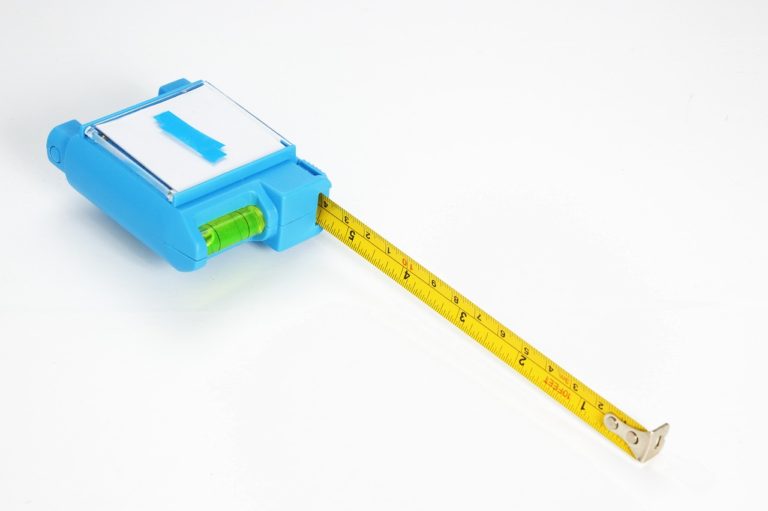What is the Delta in Math?
In mathematics, the term “delta” refers to the difference or change between two values. It is often denoted using the symbol Δ (uppercase delta) and can be used to represent various concepts, such as the change in a function’s output resulting from a change in its input, the difference between two data points in a dataset, or the change in a variable over a period of time. In this response, I will answer the question of what is the delta in math and provide examples of how the delta is used in different mathematical contexts.
In mathematics, the term “delta” has various meanings depending on the context, but it is most commonly used to represent a change or difference between two values.
The uppercase Greek letter Δ (delta) is often used to represent the mathematical concept of “change” or “difference.” For example, if we have two values, x and y, the difference between them can be represented as Δx or Δy.
In calculus, the symbol Δ is often used to represent the change in a function over a given interval, usually denoted by Δx. This concept is known as “delta calculus” or “finite calculus.”
In geometry, the delta symbol is also used to represent a triangle.
Examples of the Delta in Math
1 Calculating the change in a variable over a given interval:
If we have a function f(x) and we want to calculate the change in the output of the function over a small interval Δx, we can use the following formula:
Δf = f(x + Δx) – f(x)
Here, Δf represents the change in the output of the function, and Δx represents the change in the input variable.
2 Describing the limit of a function:
In calculus, the delta symbol is often used to describe the limit of a function. For example, we might say that the limit of a function f(x) as x approaches a is equal to L, and write it as:
limΔx→0 f(x + Δx) = L
Here, the limit is defined in terms of the change in x, represented by Δx.
3 Expressing a change in a variable in physics:
In physics, the delta symbol is often used to represent a change in a variable. For example, the change in velocity of an object over a given time interval Δt can be expressed as:
Δv = v2 – v1
Here, Δv represents the change in velocity, and v1 and v2 represent the initial and final velocities of the object, respectively.
Examples of Delta in Chemistry
In chemistry, the delta symbol (Δ) is often used to represent a change in a property or condition of a substance. Here are some examples of how the delta symbol is used in chemistry:
1 Enthalpy change: The delta symbol is commonly used to represent the change in enthalpy (heat energy) of a chemical reaction. The enthalpy change is often denoted as ΔH and is calculated as the difference between the enthalpy of the products and the enthalpy of the reactants. A positive value for ΔH indicates that the reaction is endothermic (heat is absorbed), while a negative value indicates that the reaction is exothermic (heat is released).
2 Electronegativity difference: The delta symbol is also used to represent the difference in electronegativity between two atoms in a chemical bond. The electronegativity difference is often denoted as ΔEN and is calculated as the difference between the electronegativity values of the two atoms. A high value for ΔEN indicates that the bond is polar, with one atom having a stronger attraction for electrons than the other.
3 Isotopic mass difference: In isotopic chemistry, the delta symbol is used to represent the difference in mass between two isotopes of the same element. This difference in mass is often denoted as Δm and is calculated as the mass of the heavier isotope minus the mass of the lighter isotope. This value is often expressed in atomic mass units (amu) or in kilograms.
Related




